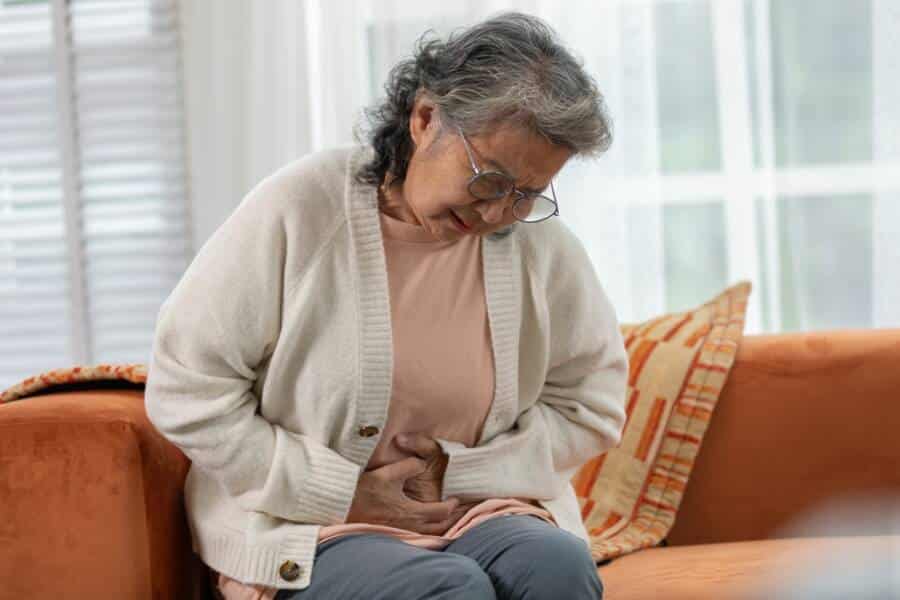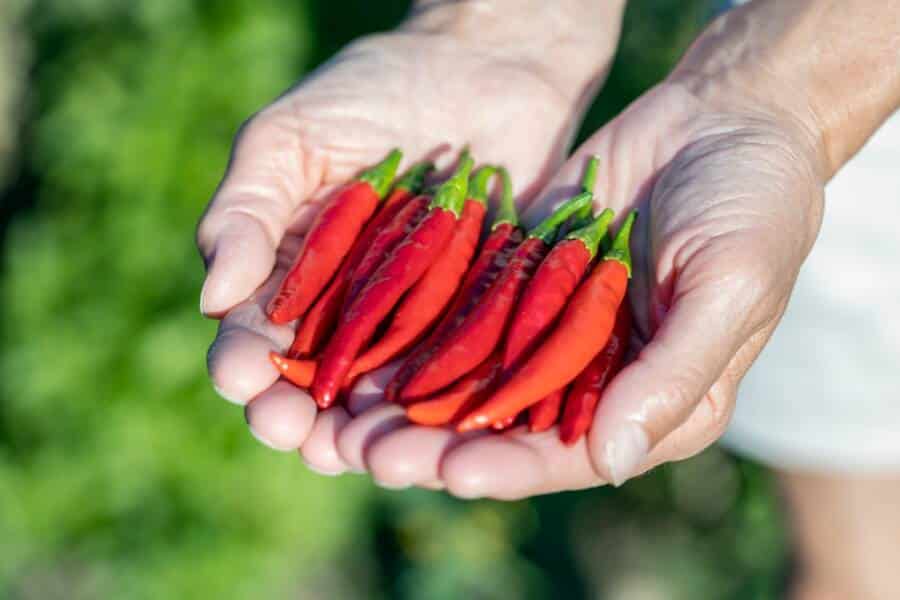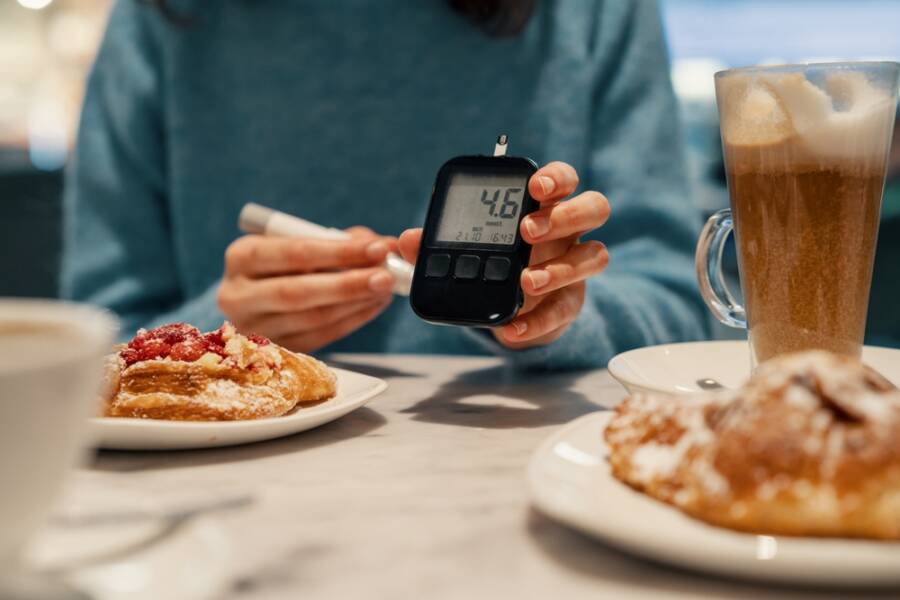
Feeling Drained? 6 Fast Ways to Recharge Your Energy
Feeling like you have no energy? Find out what you can do about this! According to statistics from the Centers for Disease Control and Prevention,

Feeling like you have no energy? Find out what you can do about this! According to statistics from the Centers for Disease Control and Prevention,

The most aggressive cancer types aren’t necessarily the ones that kill the most people but the ones with the lowest survival rates! According to the

Are you suffering from a UTI and you are not aware of it? Urinary tract infections, also known as UTIs, are infections that happen in

To maintain healthy skin, achieving that natural glow needs some effort, but it’s entirely possible! You can incorporate small habits into your daily routine to

Diabetics eat spicy foods – and there may be more advantages than just taste! A lot of people who unfortunately suffer from diabetes have to

Do you suffer from high blood sugar? You might think you’d know if you’d suffer from high blood sugar, but this health condition can be

Are You Experiencing Serious Sleep Problems? It May Be Dementia! When should you worry about your sleeping schedule? In this article, you’ll find all you

Have you ever thought that a mild cough can actually be lung cancer? One thing we all should be aware of is that illness is

Let’s talk about food intolerance in those with diabetes… If you’re living with diabetes, you already know that a diet plan can include most foods,
IndulgingHealth.com is a participant in the Amazon Services LLC Associates Program, an affiliate advertising program designed to provide a means for sites to earn advertising fees by advertising and linking to Amazon.com. *Amazon and the Amazon logo are trademarks of Amazon.com, Inc., or its affiliates. Additionally, IndulgingHealth.com participates in various other affiliate programs, and we sometimes get a commission through purchases made through our links.